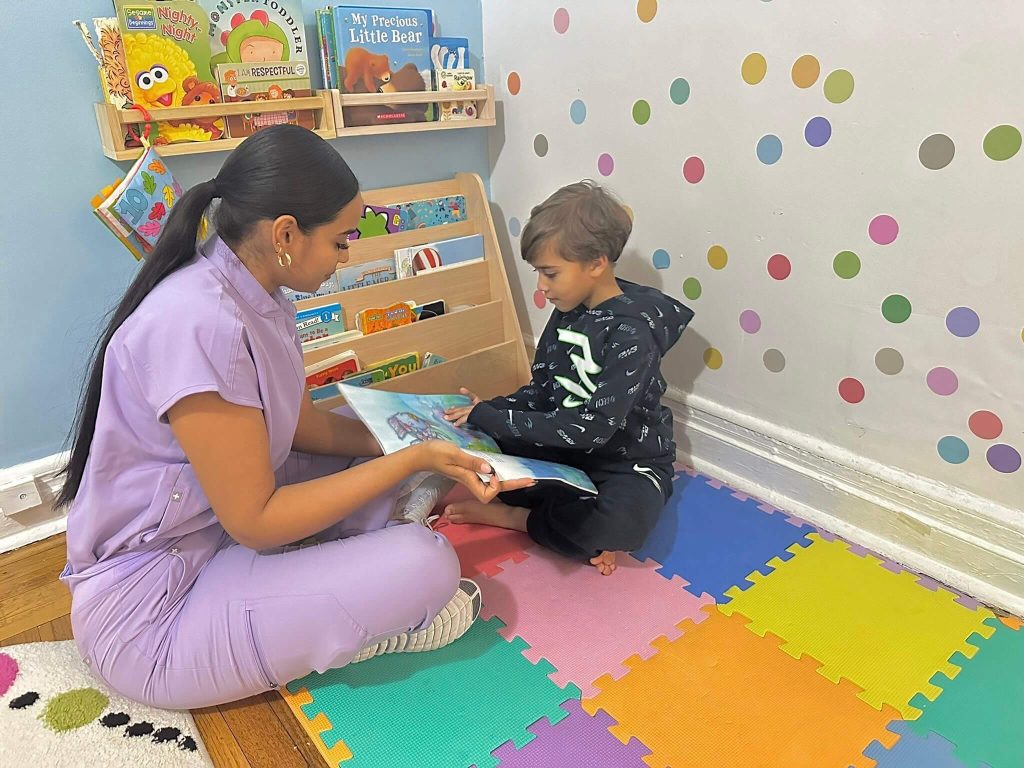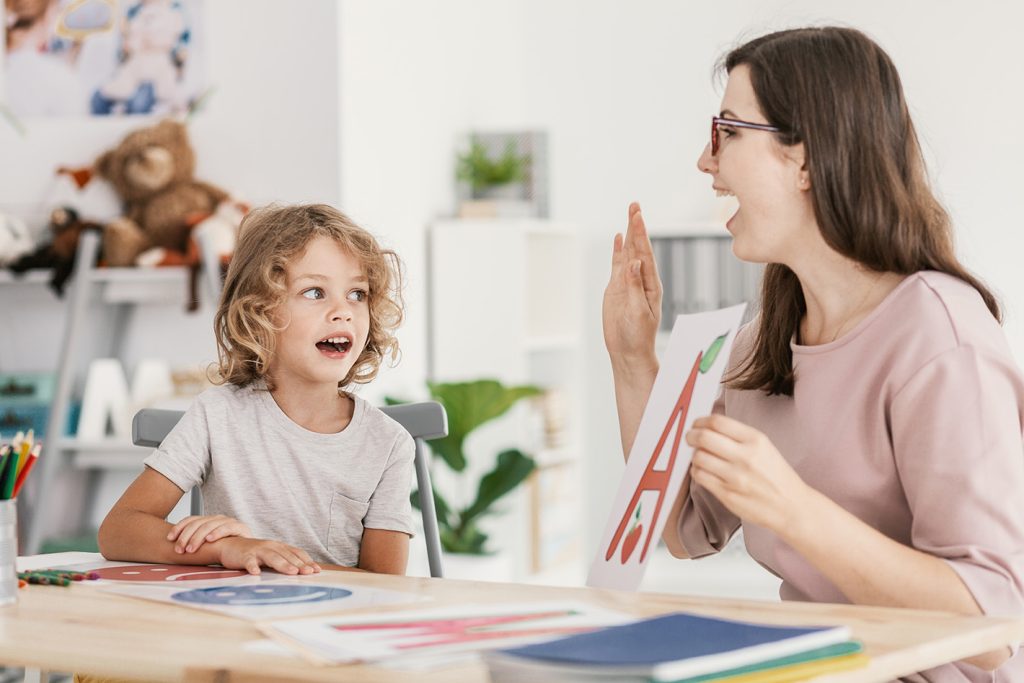Introduction: Embracing Multilingual Speech Therapy Challenges
Navigating the landscape of Speech Therapy in a multilingual household presents unique challenges and vast opportunities. This comprehensive guide delves into effective techniques and strategies to enhance Speech Therapy Outcomes for children growing up with multiple languages. Understanding these dynamics is crucial for developing tailored intervention strategies that acknowledge and utilize the rich linguistic environment.
Understanding Multilingual Speech Development
Multilingualism is not just a gift but also a complex landscape in speech development. It’s crucial for families to distinguish between a speech disorder and the normal process of acquiring multiple languages, which may include phases of mixing languages. Speech Therapy Resources specifically designed for multilingual learners provide essential guidance on what to expect at various developmental stages.
Identifying Speech and Language Milestones
Recognizing the typical milestones for speech and language development in each language is essential. Delays in one language might not necessarily signal a disorder but could indicate a preference or more substantial exposure to another language. Multilingual children often balance their linguistic abilities uniquely, which can appear as a temporary lag in one language.

The Role of Language Dominance in Speech Therapy
Language dominance plays a significant role in speech-language therapy for multilingual children. Therapists need to identify which language the child is more comfortable with and use it as a base for introducing or reinforcing concepts in other languages.
Customizing Speech Therapy to Fit Multilingual Needs
Adapting speech-language therapy to be culturally and linguistically appropriate is not just beneficial but necessary. Incorporating cultural nuances and multiple languages enhances the therapy’s relevance and effectiveness, making it more engaging for the child.
Selecting Appropriate Speech Therapy Techniques
Choosing the right Speech Therapy Techniques is crucial. Techniques such as “recasting,” where parents or therapists repeat a child’s incorrect utterance with the correct syntax or pronunciation in one language, help reinforce language rules without discouragement. Other effective techniques include language-switching tasks that promote smooth transitions between languages and aid contextual understanding.
Integrating Speech Therapy into Everyday Activities
Seamlessly incorporating Speech-language Therapy Exercises into daily routines helps make practice consistent and natural. Here are some practical ways to integrate speech-language therapy into everyday life:
Language-Specific Days
Designating specific “language days” at home can fully immerse the child in each language environment, ensuring balanced exposure and practice.

Multilingual Cooking and Storytelling
Engaging in cooking using recipes in different languages or storytelling sessions where parts of the story are told in various languages can also be very effective in reinforcing language skills.
Leveraging Technology in Speech Therapy
In today’s digital age, technology plays a pivotal role in enhancing language learning. Interactive applications and online platforms that offer speech-language therapy games and exercises in multiple languages can significantly boost a child’s engagement and learning outcomes.
Using Apps and Games for Language Development
Selecting apps that provide multilingual support and interactive games can help children practice languages in a fun and engaging way. These tools often use visual and auditory cues that reinforce learning and retention.
About the Author: Meet Aireni Sterling, M.S., CCC-SLP, TSSLD/BE
Aireni Sterling is the passionate founder of Habla Bilingual Speech-Language Therapy, offering mobile services throughout New York City, Westchester County, and the surrounding areas. As a certified English-Spanish bilingual speech-language pathologist, Aireni brings a wealth of knowledge and an empathetic approach to therapy. With degrees and certifications from esteemed institutions, including a Master of Science in Communication Sciences and Disorders from Teachers College, Columbia University, she is deeply committed to providing culturally and linguistically responsive services.
Her practice aims to empower individuals by enhancing their ability to communicate across languages, fostering both personal growth and community connectivity. Aireni’s dedication extends beyond her clinic, as she enjoys exploring the world, engaging in interior design, and supporting her Dominican community through charitable work.
Conclusion: Achieving Multilingual Success in Speech Therapy
Effective Speech Therapy Interventions in multilingual settings require a well-rounded approach that incorporates tailored techniques, suitable resources, and active family participation. By embracing these strategies, multilingual families can foster an environment that supports robust speech and language development, leading to successful Speech Therapy Outcomes.



